Osteoporosis is a health condition that weakens bones, resulting in them being fragile and more likely to break.
The condition occurs when bones lose minerals quicker than the body can replace them. This cycle leads to a loss of bone density or mass. As it can be present for a long time without significant symptoms, individuals often go years without diagnosis of Osteoporosis. The condition is often only properly diagnosed when a fall or sudden impact causes a bone to break. Bones in the wrist, hip and spine are the most vulnerable.
What are the Common Signs of Osteoporosis?
The most common symptoms of Osteoporosis are the following:
- Severe back pain
- Gradual loss of height
- Fractures from a minor injury
- A stooped posture
There are more 300,000 fractures every year due to Osteoporosis
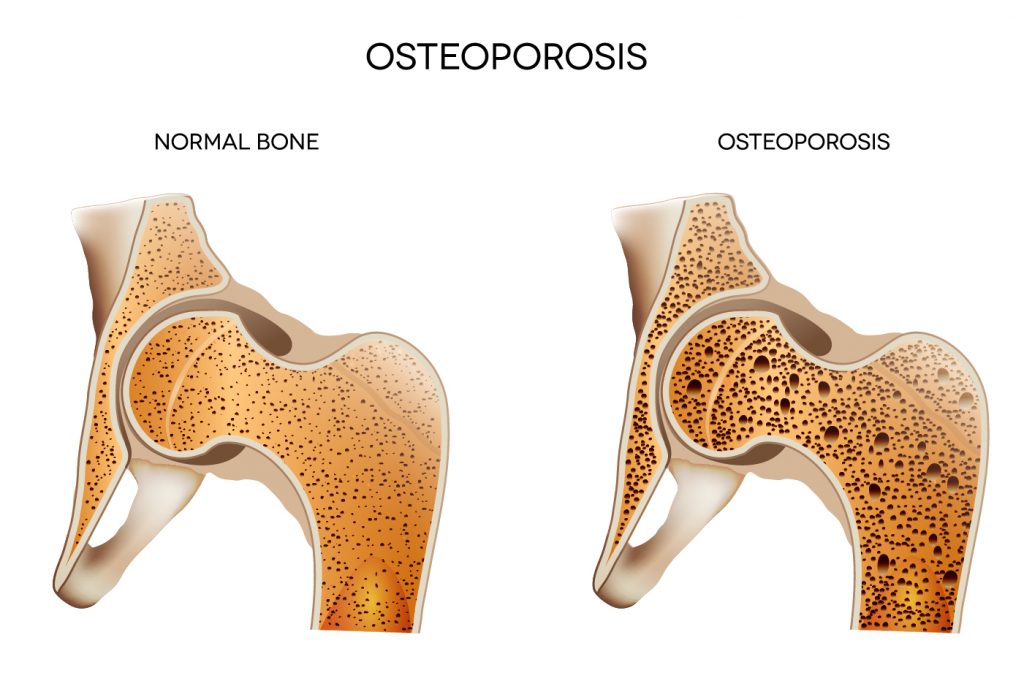
The pain caused by the condition have an impact on everyday life. Dr Chiarelli states, “Osteoporosis is life changing, debilitating, painful and associated with high morbidity and some mortality, but it’s very common and very preventable”.
Women are far more likely to develop osteoporosis than men, and the condition occurs predominantly in women aged 55 and over. The older you are, the more likely you are to develop Osteoporosis. This risk is actually increased if you have family members, particularly a parent, with Osteoporosis. Some studies have demonstrated that people of white race or Asian descent are more likely to develop Osteoporosis.
Are you looking for Nighttime Products? Read our Guide to the Best Incontinence Pads for Night Time
Did you Know?
How likely you are to develop Osteoporosis is partly due to how much bone mass you attained in your youth
The Connection between Osteoporosis and Incontinence
A large number of studies have significant evidence to show there is a link between the two conditions. For example, a 2009 Canadian study found that middle-aged and older women with osteoporosis had a much higher incidence of incontinence than women without the condition.
An aspect that many researchers have focused on is the gradual height loss associated with curvature of the spine. Women with osteoporosis lose height due to spinal deformity associated with verbal fractures. This spinal curvature can alter the positioning of the pelvic organs, putting greater pressure on the pelvic floor and increasing the risk of pelvic organ prolapse and incontinence. The altered forces pushing down from the abdomen onto the bladder is therefore a main cause.
Age is also a huge factor in increasing the prevalence of both these conditions. Older women are more susceptible to osteoporosis as they age, and are also more likely to develop incontinence. Individuals with incontinence are also more at risk of falling, which can cause fractures and help diagnose Osteoporosis. As people rush to the toilet, the chance of falling over, particularly during the night, increases. Among older adults, falls are the leading cause of fatal and nonfatal injuries. More than 90% of hip fractures occur due to falling.
There is actually a relationship between the lack of estrogen after menopause and the development of Osteoporosis. After a women has been through menopause, bone breakdown overtakes the building of a new bone. Long phases with low hormone levels is known to cause a loss of bone mass. We know that incontinence is also a common complication of menopause, as estrogen levels naturally decline. Estrogen contributes to the strength of your pelvic floor, giving you good control over your bladder and bowel function.
Popular Products for Osteoporosis and Bladder Problems
- For light to heavy urinary incontinence
- Breathable material for improved skin health
- Quick-dry acquisition layer
- Absorbent core to reduce the risk of leakage
- Flexible shape
From £11.49
- Suitable for moderate to severe urinary incontinence
- Designed to be worn with stretch pants
- Shaped pads
- Breathable back sheet
- Central wetness indicator
From £6.00
Read about the Impact of Reduced Oestrogen on Incontinence in Women
Managing Osteoporosis and Bladder Problems
Pelvic floor muscle training can significantly reduce leakage episodes. 46 post-menopausal women with Osteoporosis and incontinence cut down their number of leakage episodes by 75 percent after only 12 weekly sessions of physical therapy. Even if you don’t suffer from incontinence, experts recommend practising pelvic floor exercises to prevent the development of incontinence or other bladder problems.
Three main measures to strengthen the bones are advocated by professionals:
- Calcium intake. Calcium is vital for strengthening the bones. Milk, cheese and other dairy foods contain a lot of calcium.
- Adequate vitamin D levels. You can find vitamin D in oily fish such as salmon, as well as foods such as cod liver oil, egg yolk, meat and some margarines. Your Doctor may also recommend taking a supplement every day.
- Weight bearing exercises. Good examples of this include brisk walking, running and dancing.
Popular Products for Osteoporosis and Bladder Problems
- All in One Bodyworn Incontinence Pad
- For urinary and faecal incontinence
- Fixation Tabs
- Curved Double Leg Elastics
From £12.60
- Belted Pad
- Breathable Textile Back Sheet
- Anatomically shaped core
- For urinary and faecal incontinence
From £13.05
Originally posted 2019-09-26 14:01:44.

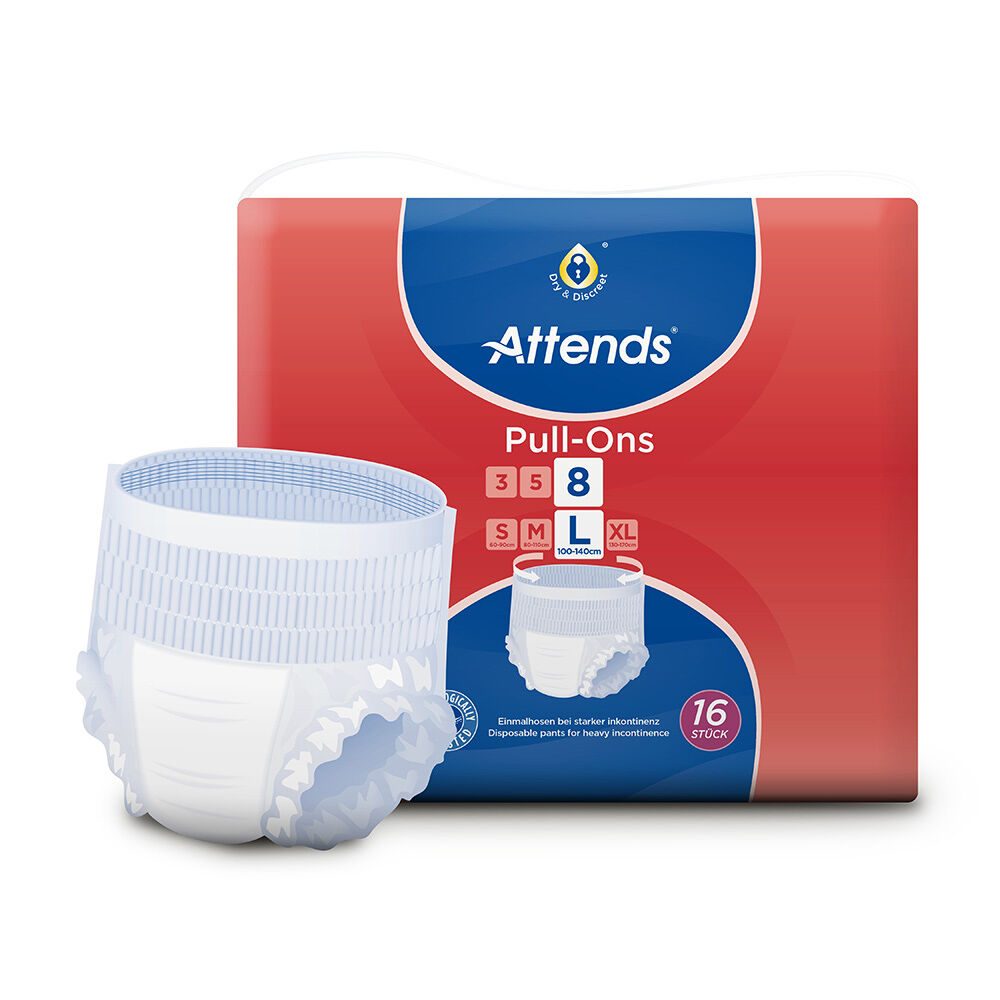
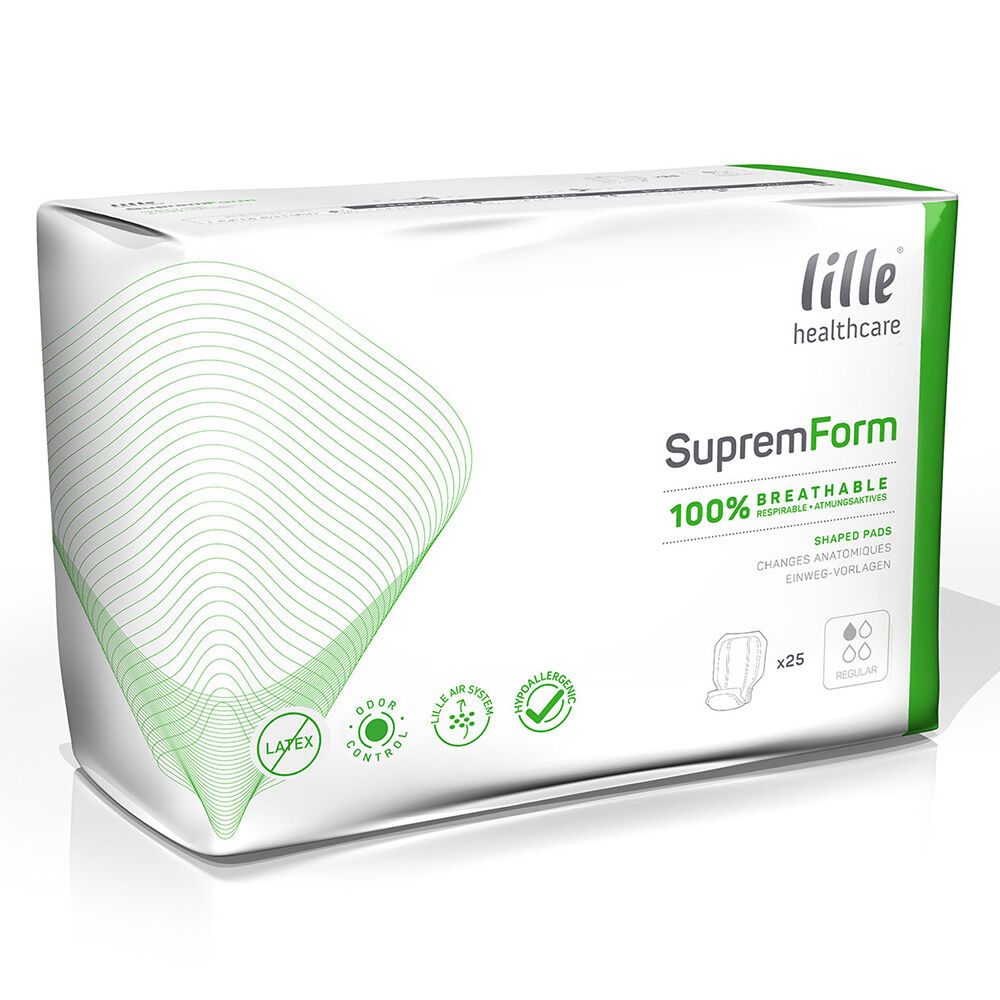
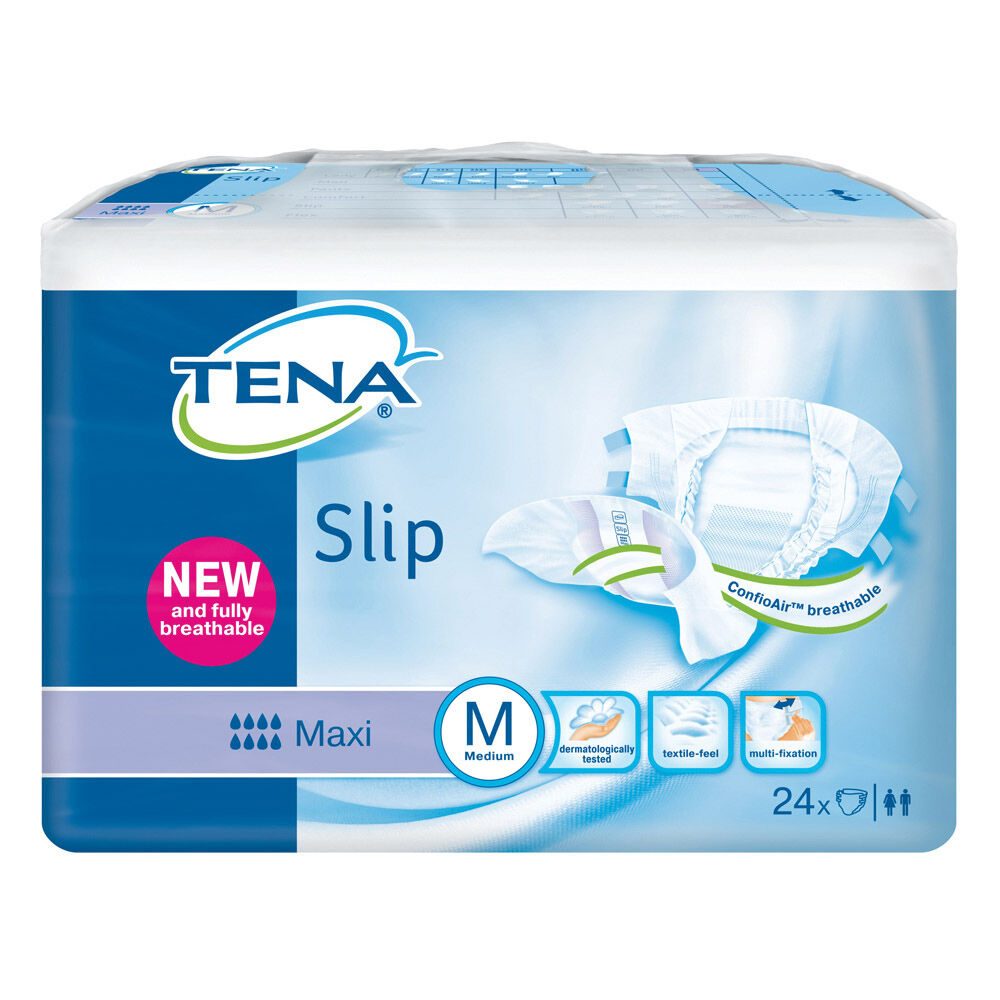
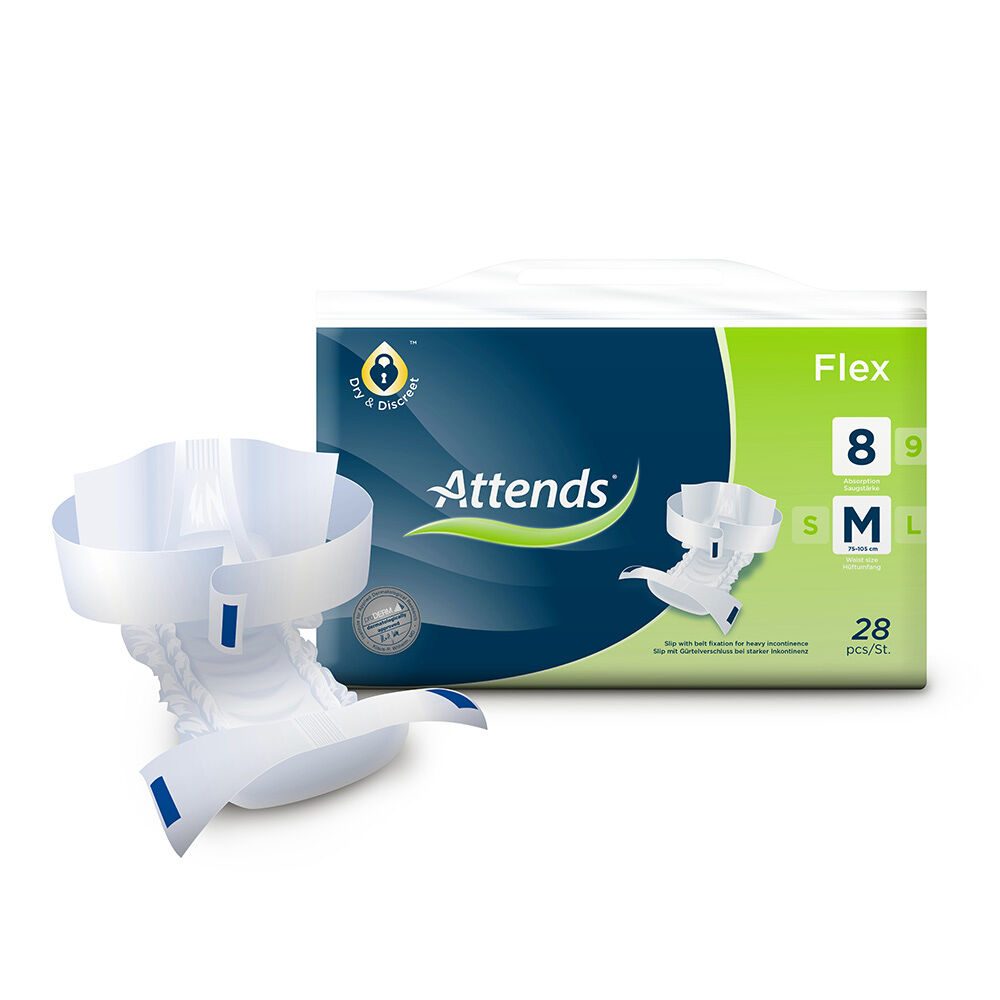

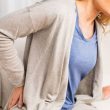
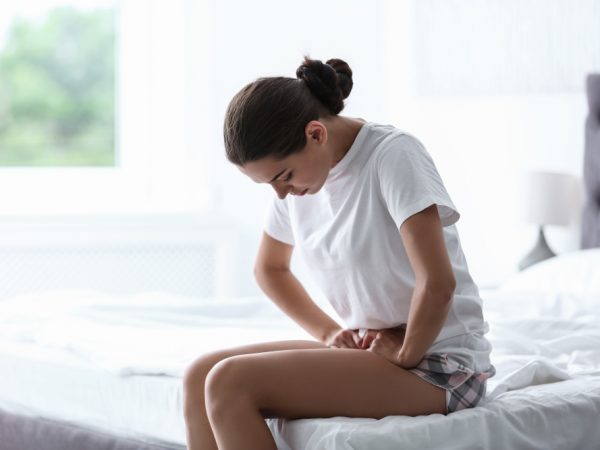

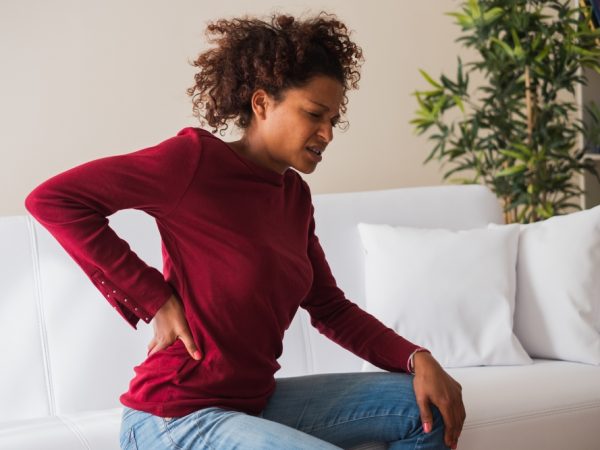
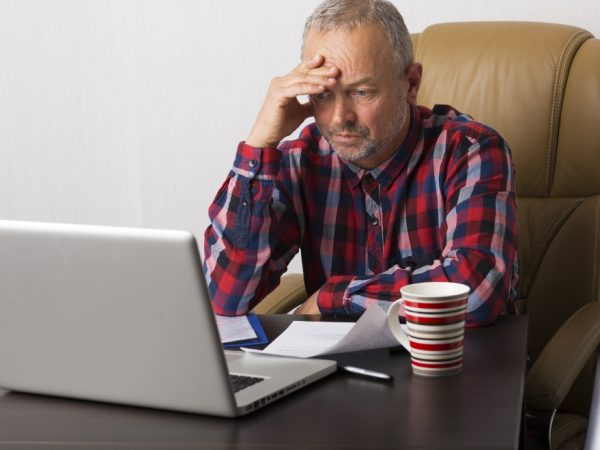
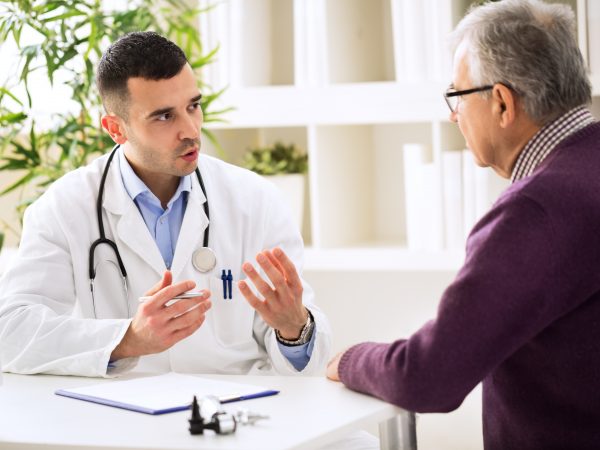



Leave a Reply